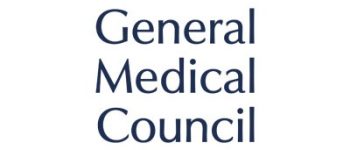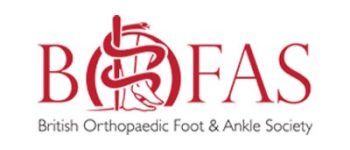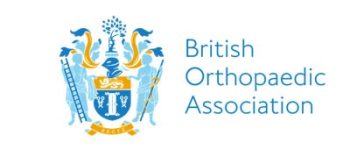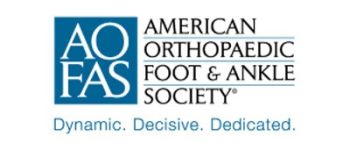About Achilles Tendinopathy
Do you suffer with pain in your Achilles tendon just above the back of your heel? Do you have a painful swelling or lump in your Achilles tendon?
Achilles tendinopathy occurs when the Achilles tendon fails to heal itself properly. During our normal everyday lives, the Achilles tendon is subjected to very high stresses and loads. These are even higher if you are an active or sporty individual. During the course of a daily activity, areas of micro tears and micro damage are normal.
Under normal circumstances, a healthy Achilles tendon can repair itself, but as we age, this natural inbuilt repair process can falter. The wrong type of collagen can be made, new microscopic blood vessels and small pain nerve fibres can start to infiltrate the area, causing swelling and pain.
Symptoms
In its early stages, an intermittently painful Achilles tendon is all that can be felt. The pain will often come on at the start of an activity such as running and then reduce as the activity continues, only to come back again the following day or that evening, when resting.
With time, the pain becomes more constant and swelling may develop in the painful area.
The painful lump will often move with movement of the ankle, which means it is part of the Achilles tendon as opposed to the Achilles tendon sheath (paratenonitis). Often the pain can increase in severity, to the extent that it interferes with daily activities and can cause you to limp.
Diagnosis
When we meet, I will ask you questions about the specific location of your pain and any swelling. I will often ask for an x-ray of your foot just to look at the shape above the heel bone, to see if this is a contributing factor. An MRI scan is also really helpful because this can tell us how bad the disease is and how much of the tendon it affects.
Treatment
PHYSIOTHERAPY
Your physiotherapist may show you how to perform stretching exercises, where the Achilles tendon is both loaded and stretched at the same time. Exercises like this included standing on the edge of a step on the bad leg and allowing the Achilles tendon to stretch as the heel dips down below the step. These are called the eccentric stretching exercises.
SURGERY
If symptoms still persist after physiotherapy, then surgery can be considered. What I offer to my patients is a minimally invasive surgery called an Achilles tendoscopy. During this procedure, two small keyhole incisions are made near the back of the heel. A small camera is inserted and I would usually combine this with a proximal medial head of gastrocnemius release.
This will allow the calf muscle to gently and gradually stretch out, helping the Achilles tendon recover. I will also try and find another small tendon called the plantaris tendon, which can often cause pain and inflammation along the Achilles tendon by rubbing on it. This is not a tendon you need and not a tendon everyone has. It is a very small, long, string like structure, often located just next to the Achilles tendon. If it is found, I can often release it so that it no longer puts pressure on or rubs the Achilles tendon..
Recovery After An Achilles Tendoscopy
This is a day case procedure with immediate weight bearing after surgery. 2 weeks of taking things nice and easy, resting and elevating the leg is necessary before gradually resuming a more normal level of activity. You will be reviewed after 2 weeks to check your skin has healed up nicely and have any sutures removed and a programme of physiotherapy will commence for rehabilitation.
You will then be reviewed at the 6 week stage to check on your progress. Often, the benefits are noticed in the first couple of weeks after surgery but in some cases it can take a couple of months to gain the maximum benefit from the procedure.










